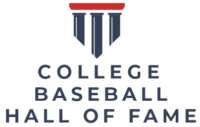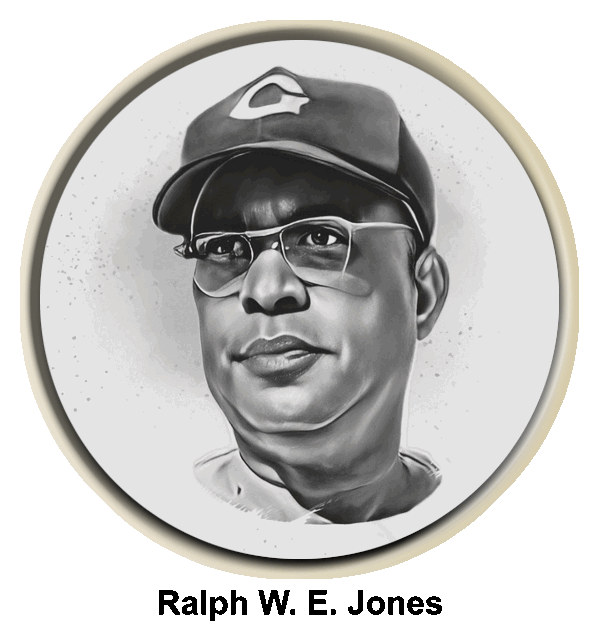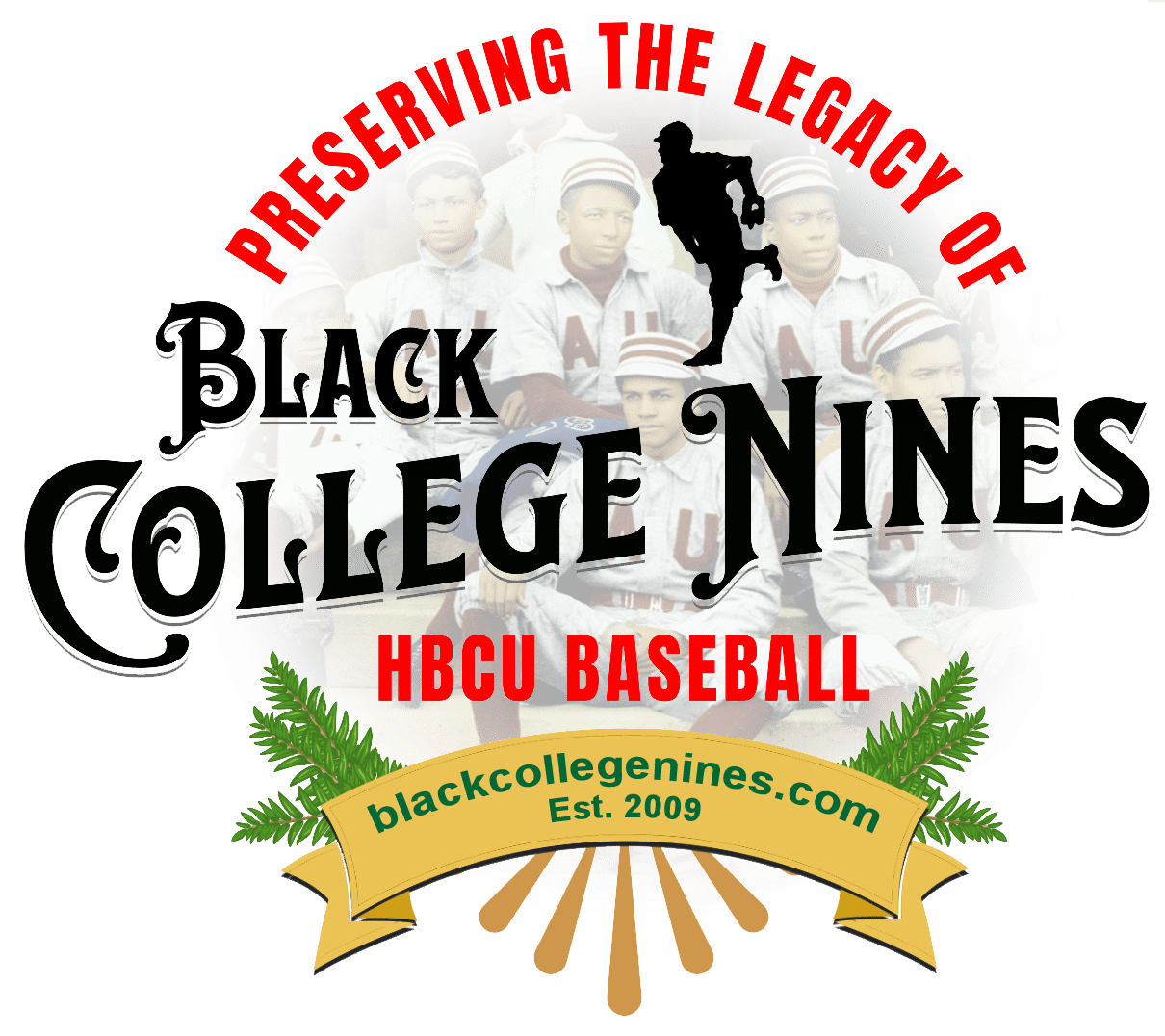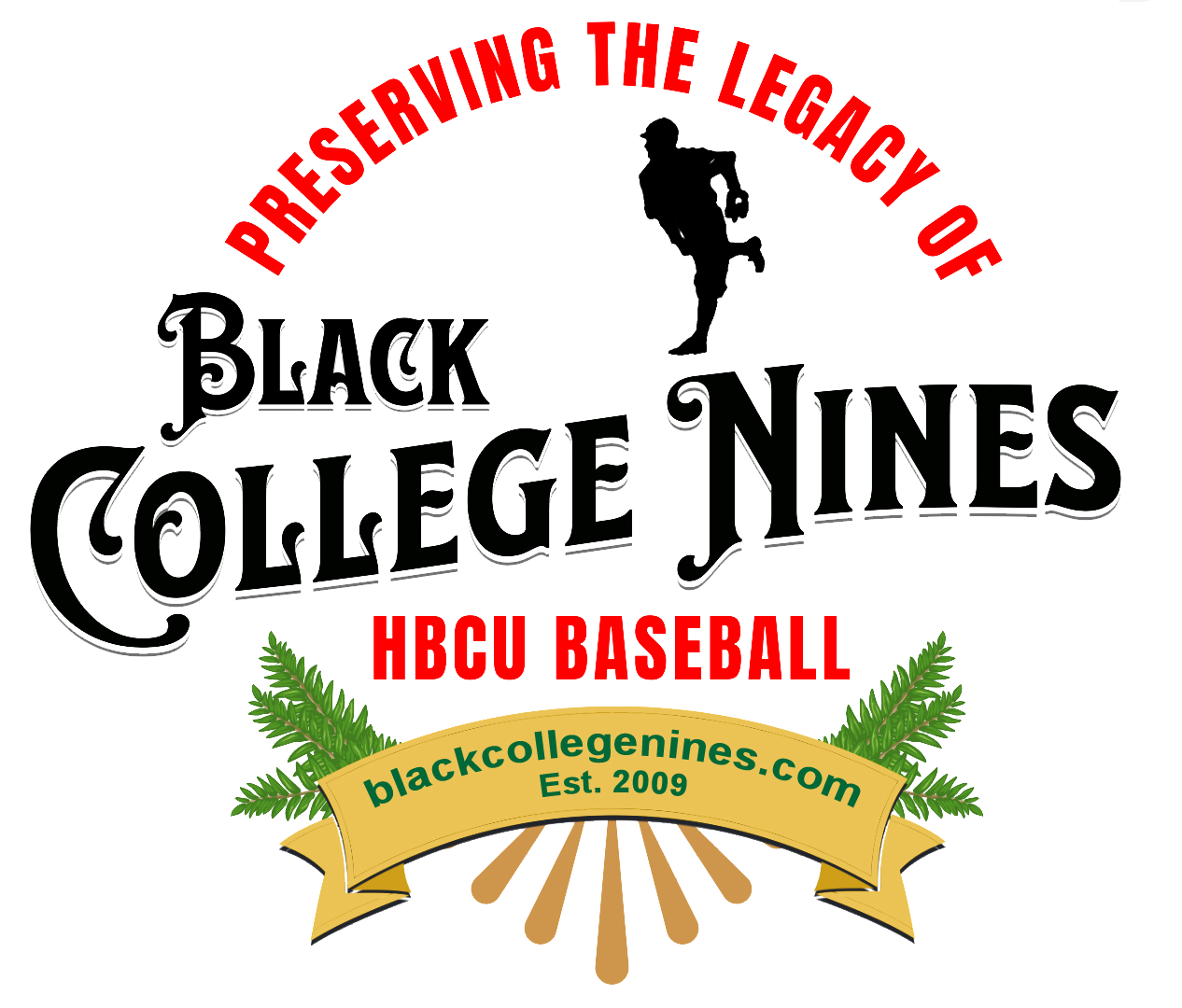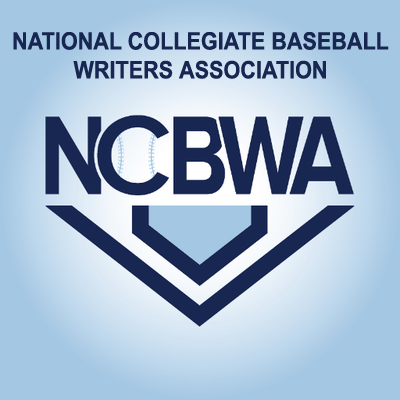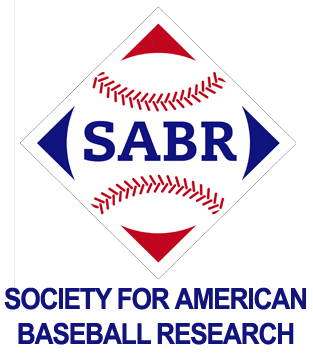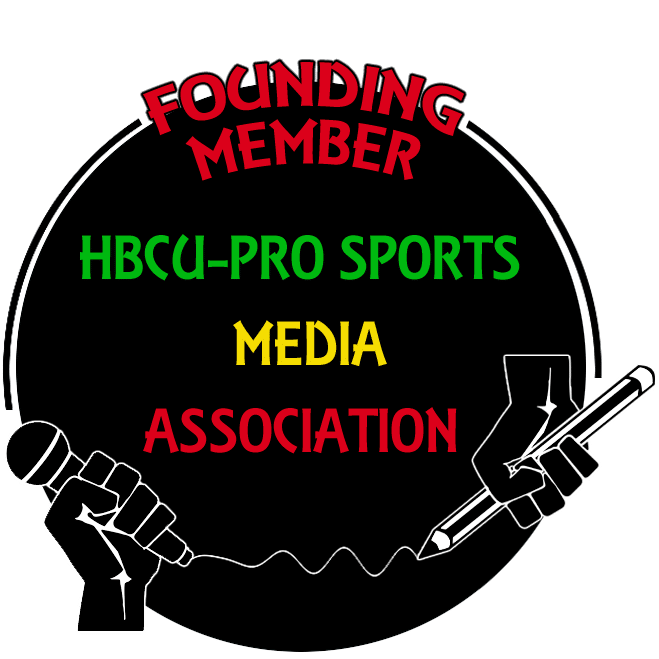NAIA/Baseball
By Michael Coker/Black College Nines
Jesse Baker considered by many Major League scouts as the best college baseball catcher in the country. Baker, Edward Water College first baseball All-American was not drafted by any of the MLBs 32 teams during this past 2015 June amateur draft.
Baker put up massive offensive numbers, helped lead the Tigers to their second best season in schools history with a 34-22 overall, 13-2 conference record and the Gulf Coast Athletic Conference (GCAC) regular season champions.
Voted as the GCAC Player of The Year, Defensive Player of the Year also named First Team All-America as announced by The National Association of Intercollegiate Athletics (NAIA) and selected by the NAIA-Baseball Coaches Association All-America Committee.
Baker an outstanding baseball player has all of the qualities and makeup of a pure hitter.
He was in seven of ten top statistical categories during the season, including slugging percentage (.810), total hits (75), runs batted in (75), home runs (17), and total bases (145). Finished second in batting average (.431), fourth in doubles (13), and eighth in runs scored (36). He ranked tops in the NAIA offensive categories.
Baker also performed well in the class room. He was named 2015 Daktronics-NAIA Scholar-Athlete list with a 3.7 overall grade point average graduating with a Bachelor of Science degree in Biology this past May.
Baker, from Sebring, Fla., was widely regarded as a complete player. He has power to all fields, and a good arm as a catcher where he threw out 25 of 54 would be base stealers.
According to one scout I spoke to attending a Tiger baseball doubleheader game this past March 28 against Northwood University in West Palm Beach, FL. He was supposed to be a can’t miss prospect, the kind of athlete who Major League Baseball teams would happily sign.
“Baker has two things going for him,” said a major league scout who asked not to be identified because he did not want to speak publicly about a prospect. “He has good power, and he has good arm strength.”
Baker was rated as the nation’s top catcher over all prospects in the Class of 2015, an honor which all but ensured that he would be picked in the draft. That status was backed up by other analysts who graded him.
The Washington Nationals, Toronto Blue Jays, Philadelphia Phillies, San Francisco Giants and St. Louis Cardinals organizations had interest.
Yet somehow Baker went completely undrafted.
This raises interesting questions about MLB draft analysis services or, perhaps more likely, the new negotiation processes following the most recent collective bargaining agreement. If teams felt that Baker was definitely signable, neither of those factors alone might have been enough to discourage them from selecting him.
There may not be a clear answer to precisely what went wrong during the three days of the draft, though Baker was clearly surprised by the lack of major-league interest in him. He stated before the draft to his teammates “I’ll go for an airplane ticket and a bag of chips.”
I’m sure that EWC Head Coach Reginald Johnson III was shocked. If Baker was drafted, this was a program changer putting the Tigers in the national spotlight as far as recruitment.
Baker would have been the third baseball player drafted from Edward Waters College. Kenny Williams drafted Major League Baseball 1985-signed by Detroit Tigers and Charles Thomas drafted by the Chicago Cubs in the 10th round 2009 MLB June Amateur Draft.
There are forty rounds for teams to include HBCU players. This past draft 10 players from HBCU programs were selected, in 2014 eight, none from the NAIAs.
The low number of players from HBCUs who were not drafted may include a lack of national exposure. Major League Baseball trends continue for Division I only leaving out the talent of Division II, Division III and NAIA programs, and low regard by scouts at the lower divisions.
Another reason may be that MLB prefer DI powerhouses to actively sign predominantly big school baseball players.
The real story is how MLB and Division I HBCU baseball conferences have partnered to boost joint interest in black colleges and pro baseball. HBCUs have been featured in the MLB Urban Youth Academy and RBI program, a program created by MLB to study and support baseball to inner city youth, for DI schools only in my opinion.
MLB looks to HBCUs DI first to help raise its profile. Talent in HBCU baseball also lies at the DII, DIII, and the NAIA levels if MLB really want more HBCUs in its workforce.


